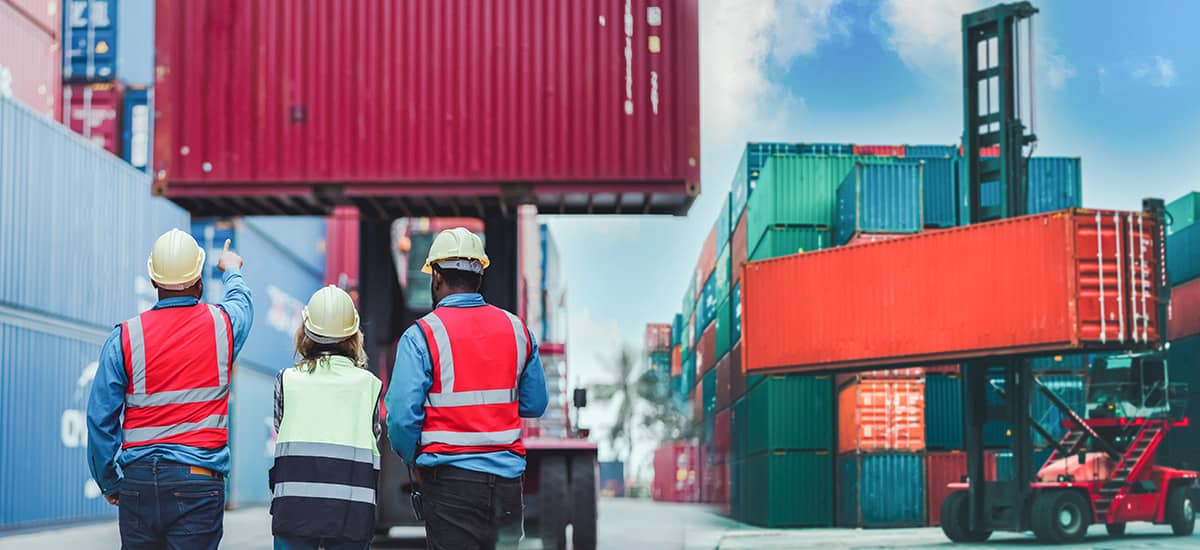
Since the establishment of the World Trade Organization (WTO) and the conclusion of the 1994 General Agreement on Tariffs and Trade (GATT), countries around the world have steadily reduced their import tariffs, which fell from a global average of 8.6% in 1994 to just 2.6% in 2017.
At the same time, non-tariff barriers (NTBs), including import licenses, quotas and technical regulations have proliferated and surged, becoming a central instrument in many countries’ trade policies. These policies are often designed to protect local industries or manage trade imbalances, but they can also have profound effects on both importers and exporters, ultimately affecting the nations’ broader economies.
Non-Tariff Barriers in Argentina
One country that has made significant use of non-tariff barriers is Argentina, which rolled out a system of Non-Automatic Import Licenses (NAILS) requiring certain products to get approval from a public official before being imported. By 2011, NAILS had become one of the largest non-tariff barriers on manufactured goods in the world. These affected more than 600 product lines and accounted for 17% of firms’ imports of intermediate goods and 35% of importing firms.
Compared to import tariffs, non-tariff barriers like NAILs are more opaque and challenging to measure, complicating efforts to understand their full economic impact. So, we sought to examine the real economic costs of these trade measures by studying the effect of NAILS on international competitiveness and employment, as well as the vulnerabilities of different types of firms to them.
Reduced Exports and Employment
We found that the impacts were indeed important. Many firms that rely on imported inputs were harmed, with negative outcomes like increased production costs, reduced exports and lower employment. However, larger firms with significant market power in their export markets were able to mitigate these impacts.
We constructed a unique database with yearly data on products that required import licenses to analyze the effects of NAILs on firms’ imports, exports and employment during the existence of the program (2005-2011). Since different products were phased into the NAILs system at different periods and without any apparent systematic approach, we had an ideal empirical framework for analyzing the effects of non-tariff barriers on firm dynamics.
Our study showed that firms more exposed to NAILs, meaning those importing more affected products, saw significant reductions in their import activities, resulting in a 6% reduction in exports and a 2% drop in employment for every 10-percentage point increase in exposure to the barriers. Many of these firms were more likely to exit export markets entirely.
The Relative Resilience of Large Firms
Firms with a larger portion of market share in a given export market, however, had more resilience. In response to cost increases from NAILs, these firms could strategically lower markups, stabilizing prices and output levels more effectively in that market. But that was not the entire story. Sixty percent of firms in our study serve more than one destination. Even large firms face varying levels of market concentration across different countries, which affects their ability to adjust markups. In markets where they hold a larger share, they can lower markups to keep prices stable, cushioning against negative impacts more effectively than in markets where they have less concentration.
These dynamics are important as policymakers seek to weigh the trade-offs involved in non-tariff barriers. While NAILS can offer short-term protection to certain sectors, they can also increase production costs and reduce competitiveness, with knock-on effects on employment, especially for smaller firms that are less able to absorb the additional costs and end up raising their prices. Although non-tariff barriers can sometimes provide temporary protection for domestic sectors, they risk constraining long-term economic growth by limiting firms’ access to essential global supply chains, raising production costs, and reducing overall competitiveness.


Leave a Reply